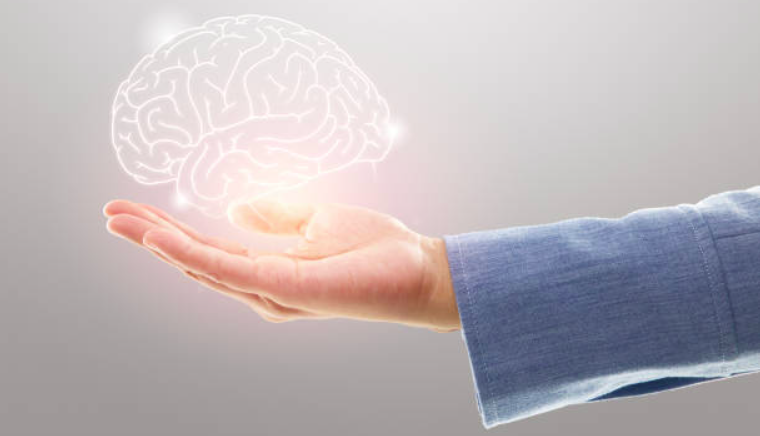Unveiling The Power Of Photographic Memory: Exploring Its Definition, Characteristics, And Potential Applications
What is photographic memory? Why do people confuse photographic and eidetic memory? Some tips on how you can develop your photographic memory.
What Is Photographic Memory, And Can It Be Developed At Home?
Many unpleasant life situations could be avoided if our memory functioned efficiently. Many people admire other people who can reproduce what they see with photographic accuracy. It is believed that photographic memory is innate and cannot be developed. But is it so? Let’s try to figure it out. Today we want to define photographic memory, explain how it differs from other types of memory, and suggest some memory techniques that will change your life and help you achieve great results in your career and education.
What Is Photographic Memory?
Photographic memory is perceived by many as a unique ability of the human brain. All information (read or seen) is reproduced with high accuracy and detail. One sees that a person systematically accurately stores all the data in the visual memory. For example, some people can fully reproduce the book they read with an accuracy of 90 – 95%.
For other people, it is possible to remember information with great accuracy only when they receive it under the influence of solid impressions (emotions) – stress or joy, or this information is of great interest to a person.
Eidetic memory is the most approximate photographic memory phenomenon (or variety).
What Is The Difference Between Eidetic And Photographic Memory?
Most people associate photographic memory with eidetic memory or consider them the same (interchangeable). But that’s not the case at all. The main factor of eidetic memory is that with its help, the seen images (for example, pictures) are remembered and reproduced as accurately as possible.
The parietal part of the brain is responsible for eidetic memory; that is, it controls the processing of visual images, which is why many consider this phenomenon to be a photographic memory. For example, if an eidetic examines a picture for half a minute and then is shown a blank sheet of the same size instead of the picture, people will reproduce the image they have seen as if they continue to look at it.
Eidetic memory occurs in 3-8% of children aged 7-11 years, but it is scarce in adults.
Does Photographic Memory Exist?
Scientists believe that photographic memory as a phenomenon does not exist. If there are people who can memorize and reproduce a vast amount of information, they will likely use various techniques to improve the quality of memorization. It is a prevalent mnemonic technique for memorization, which many successfully use. Such methods allow you to use your memory in practice, for example, in professional activities, where you must operate with massive numbers or data.
Rules And Tips For Developing Photographic Memory
Today, there are many ways to increase the efficiency of memorization. And each person uses the method that is most convenient for them.
Before using the techniques, you must eliminate bad habits – smoking, alcohol, and unhealthy eating. It is also desirable to reduce stress conditions to a minimum. All this adversely affects the functions of the brain and, in particular, the memorization of information.
Memory research shows that there are several tips to help improve your ability to remember:
- Regularity. The main factor influencing the effectiveness of exercises is consistency. Whatever technique you use, if these exercises are unsystematic, it is impossible to improve memory.
- Associations. For effective memorization, use associations – this is the most popular technique for increasing memorization efficiency. Using simple visual images, you can encrypt the necessary information in them.
- Eliminate external distractions. The main thing is to concentrate on what you must remember and be focused during the memorization period. Only try to do several items at a time. Focus on just one.
- Memorization by parts. If the amount of information is enormous, it is recommended to divide it into several parts for easy memorization. Only move on to the next part once you are sure that you have completely memorized the first part of the information.
- Periodic scrolling of stored information. Once you’ve decided that you’ve memorized all the information, try to replay it in your head from time to time. It is remembered much faster if someone uses the same information daily (address, phone number, some indicators, etc.).
By applying the above tips, the memorization process will become more efficient, and you will be able to get memory retention. In addition to various memorization techniques, there are particular websites and applications by practicing on which you can improve the quality of memorization. These applications include memoryOS. This application allows you to playfully enhance memory quality, which is helpful and entertaining for any age.
By increasing the efficiency of your memory, a person will immediately feel more confident in life, which means that many problems and tasks will be able to be solved much faster and more productive.









